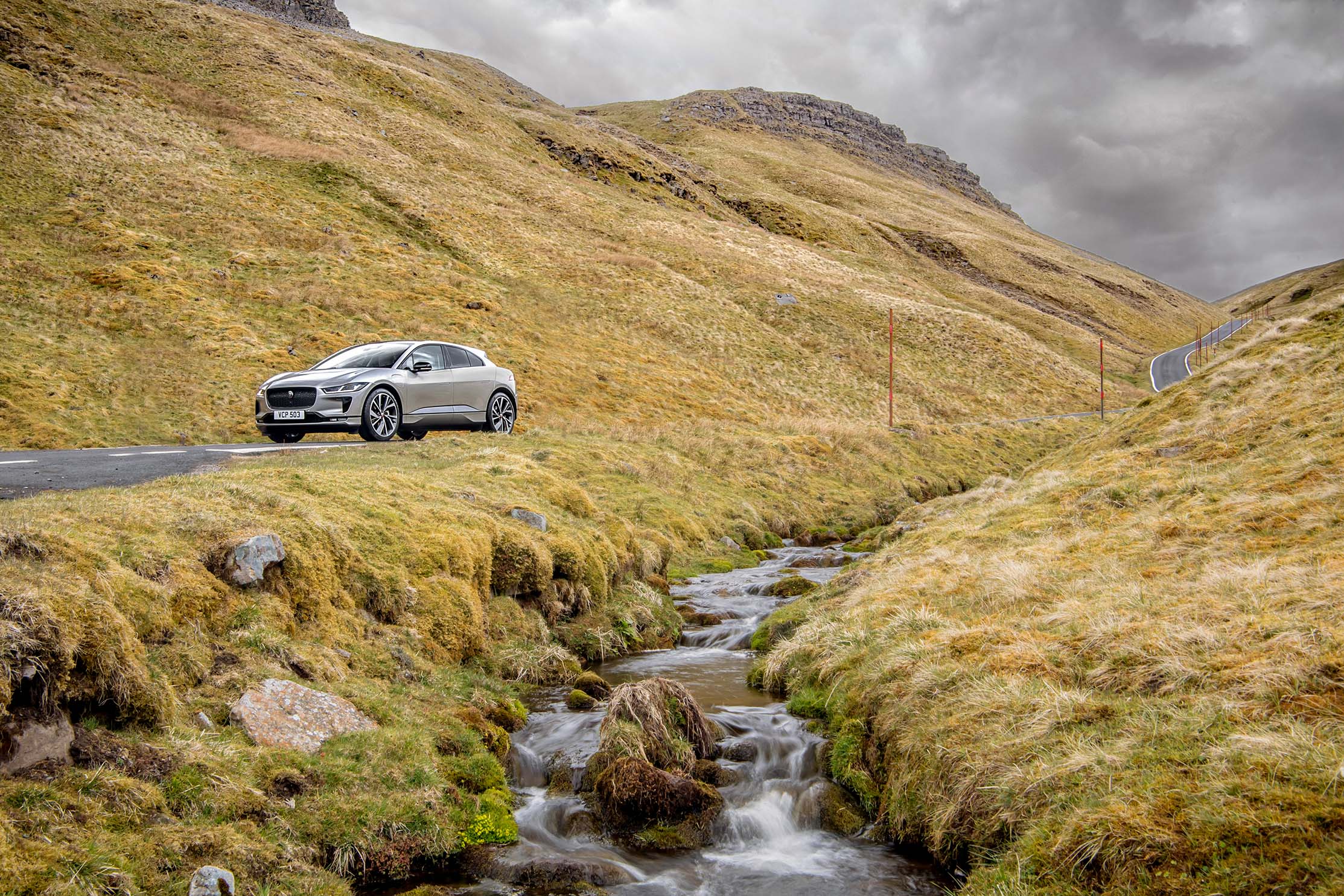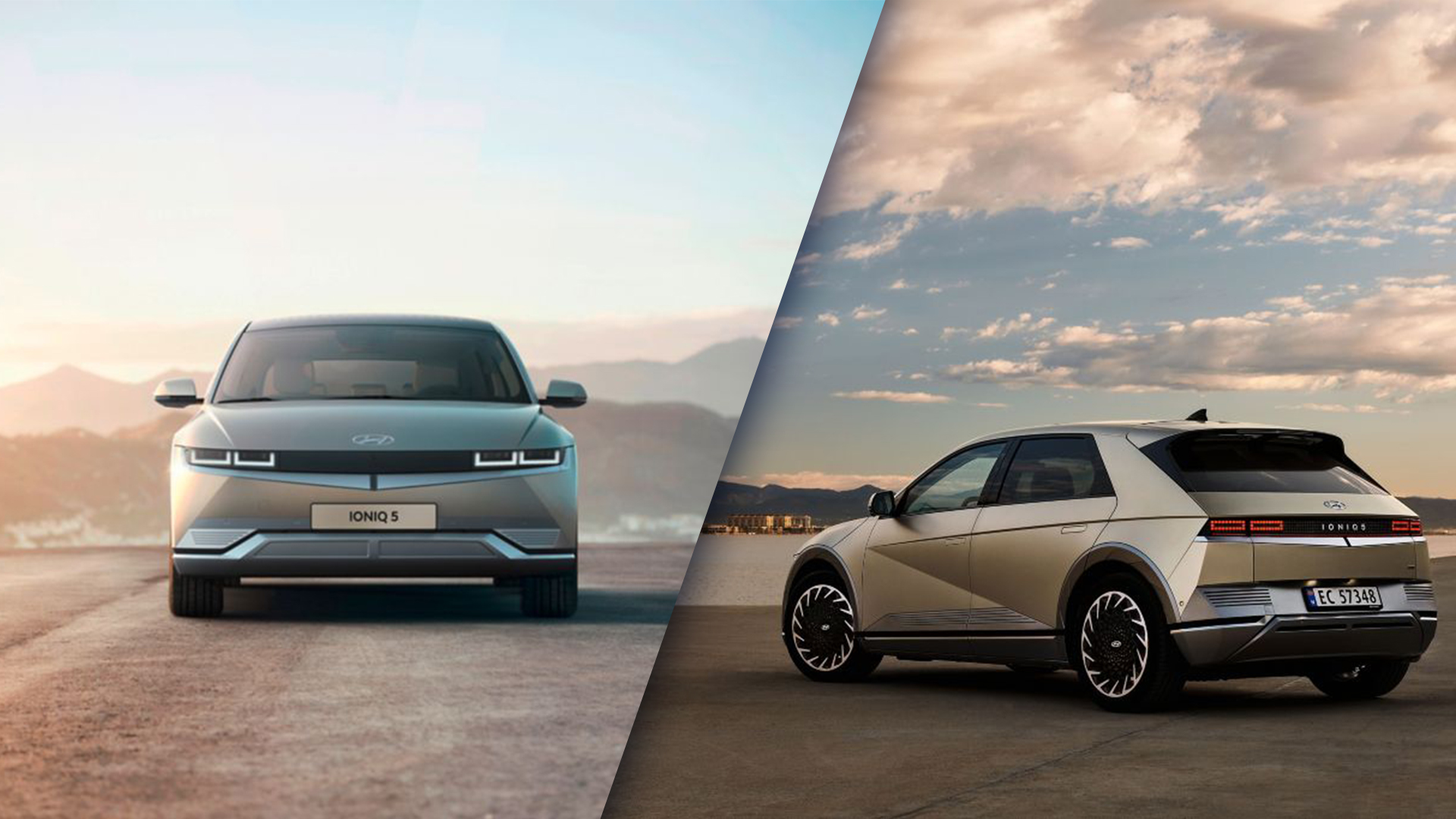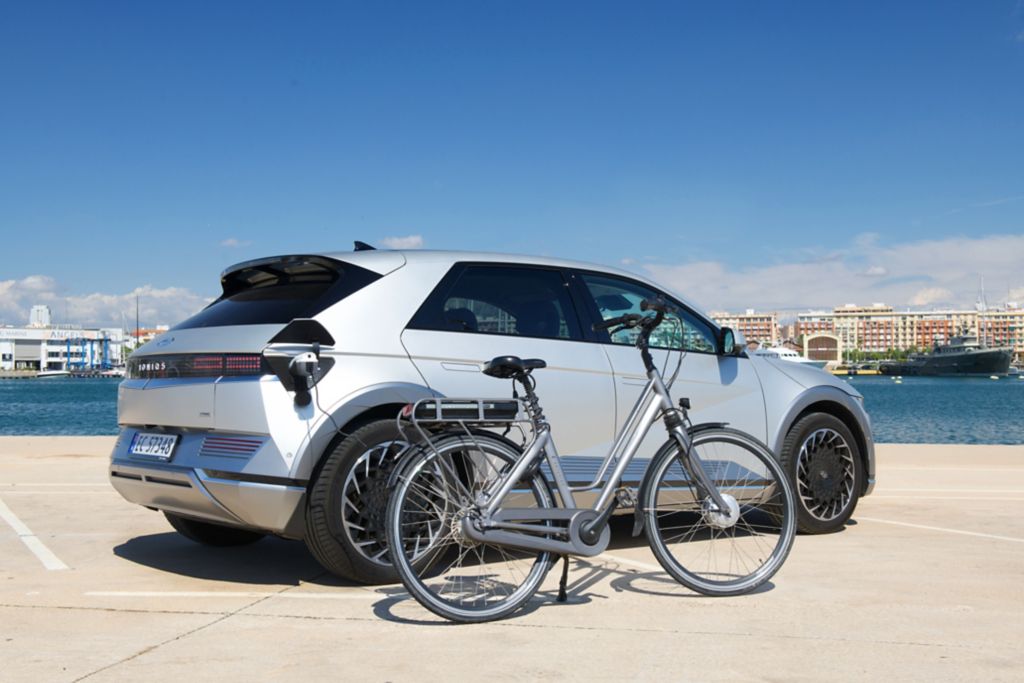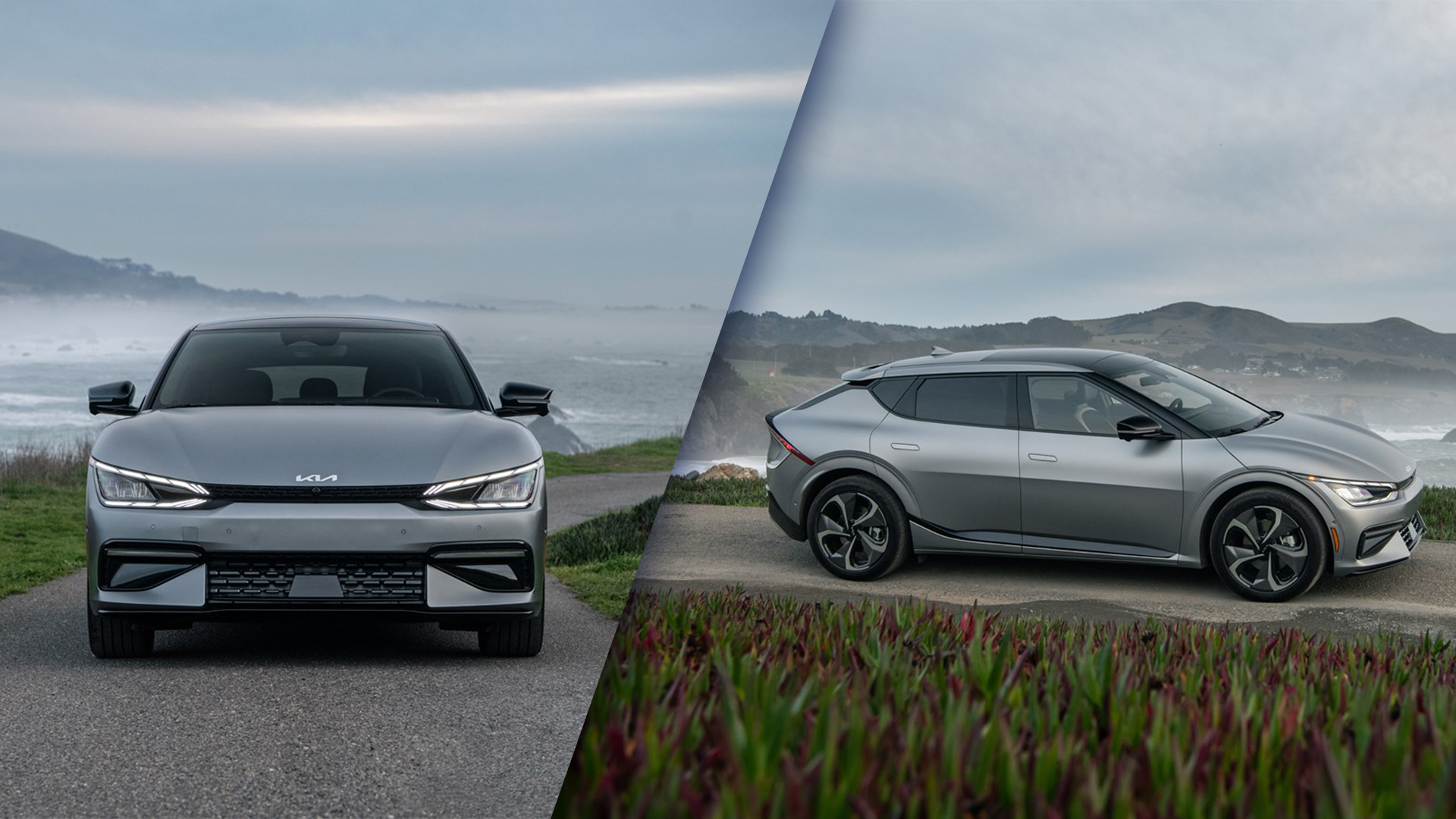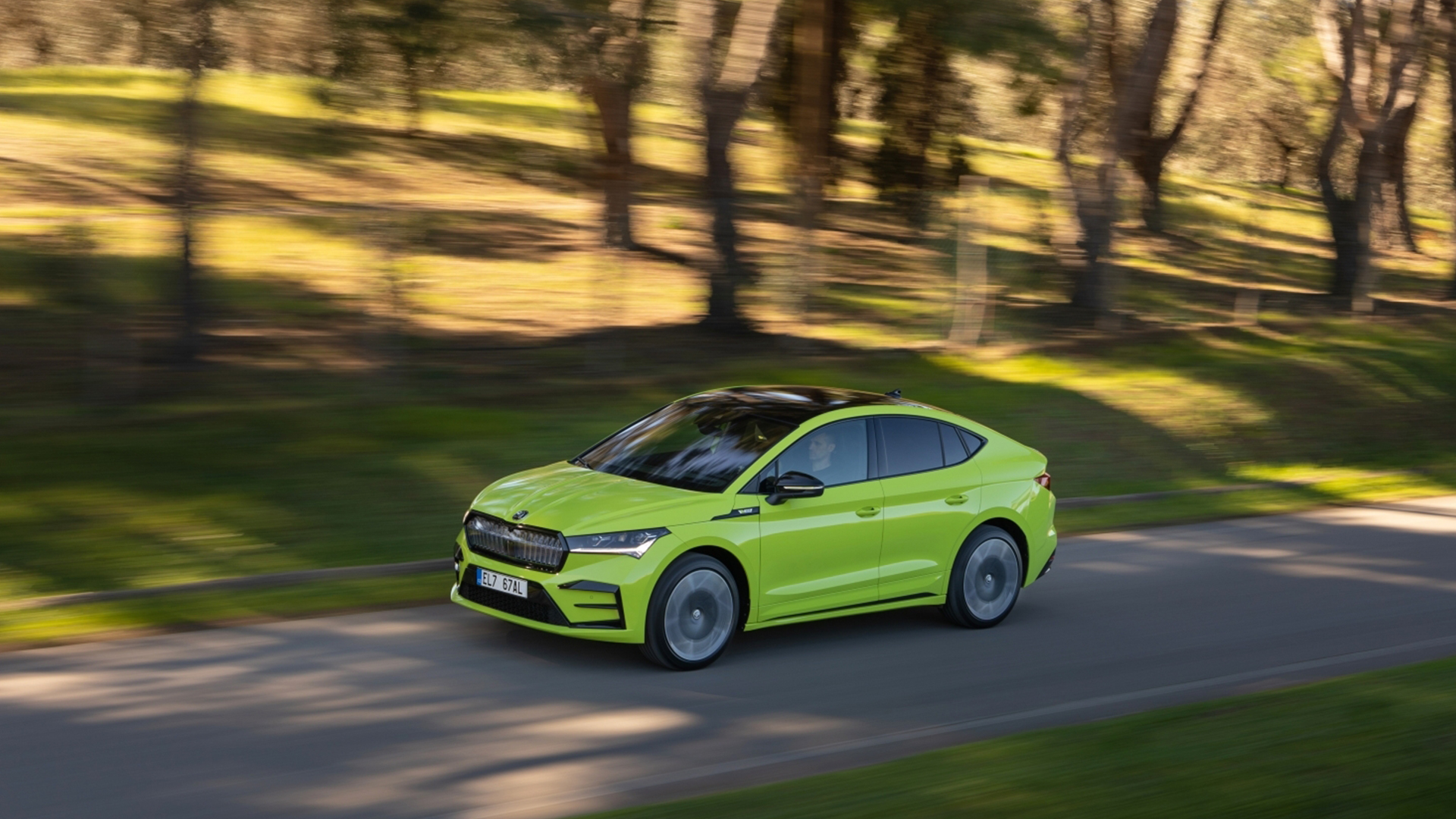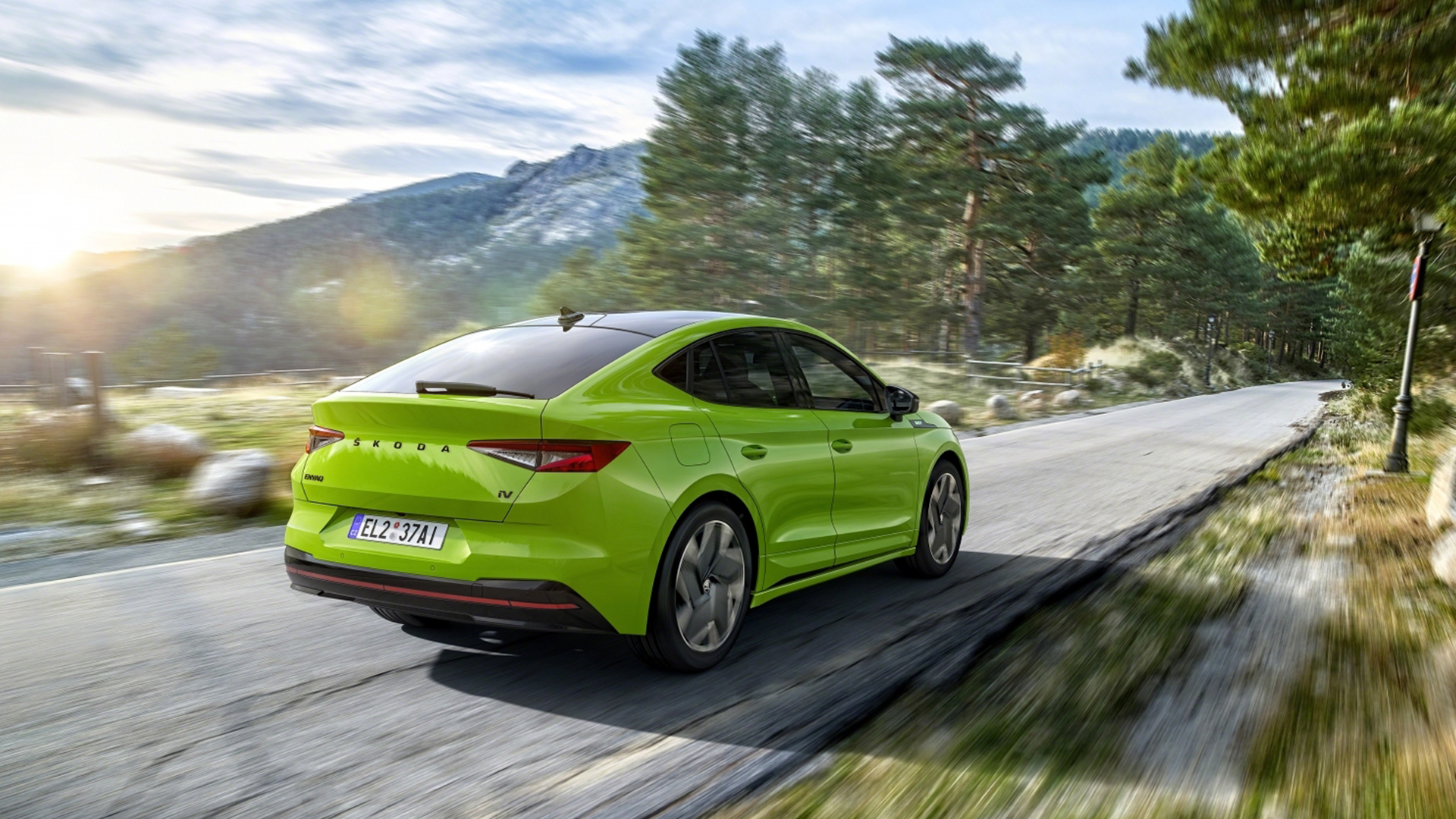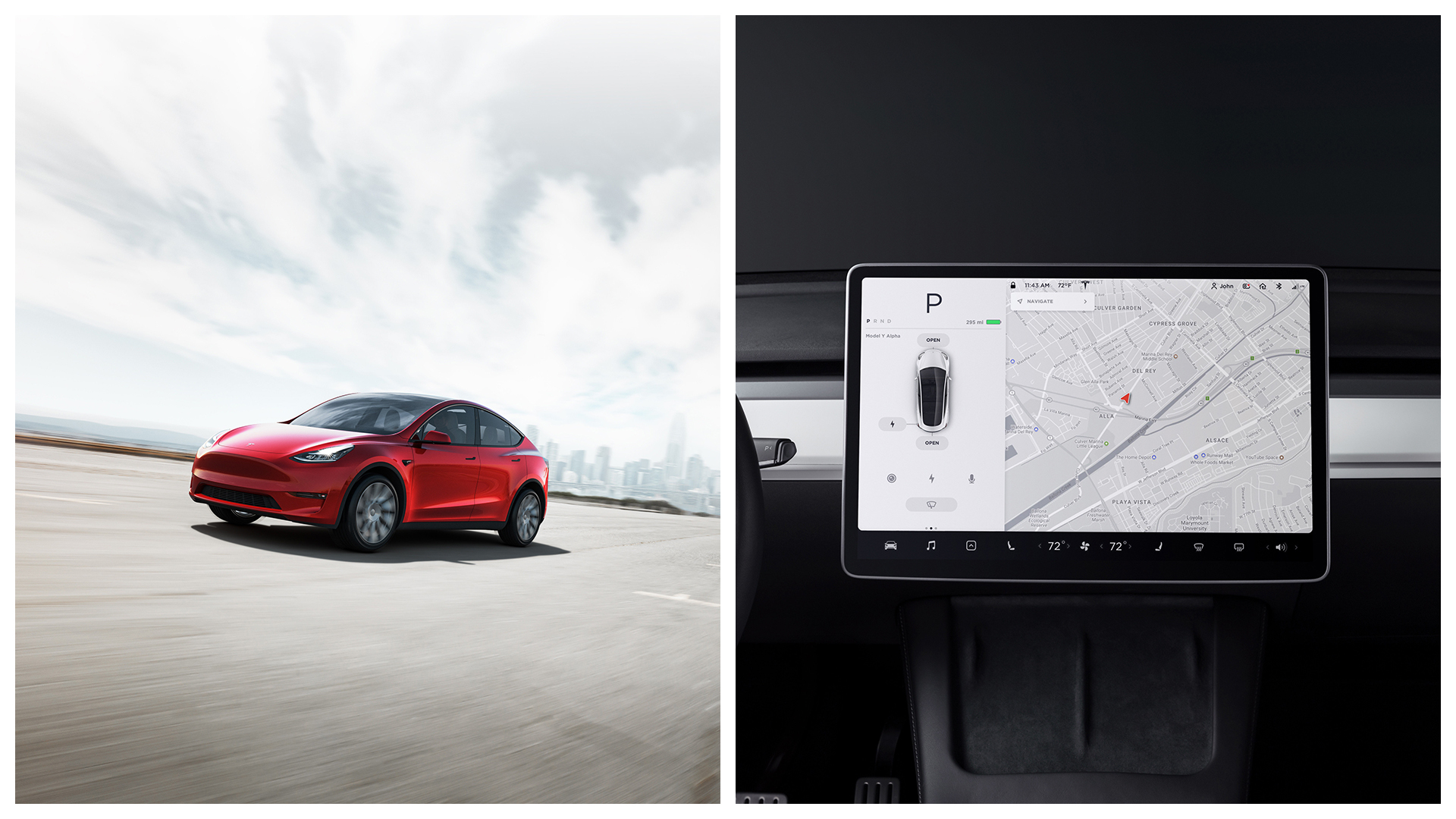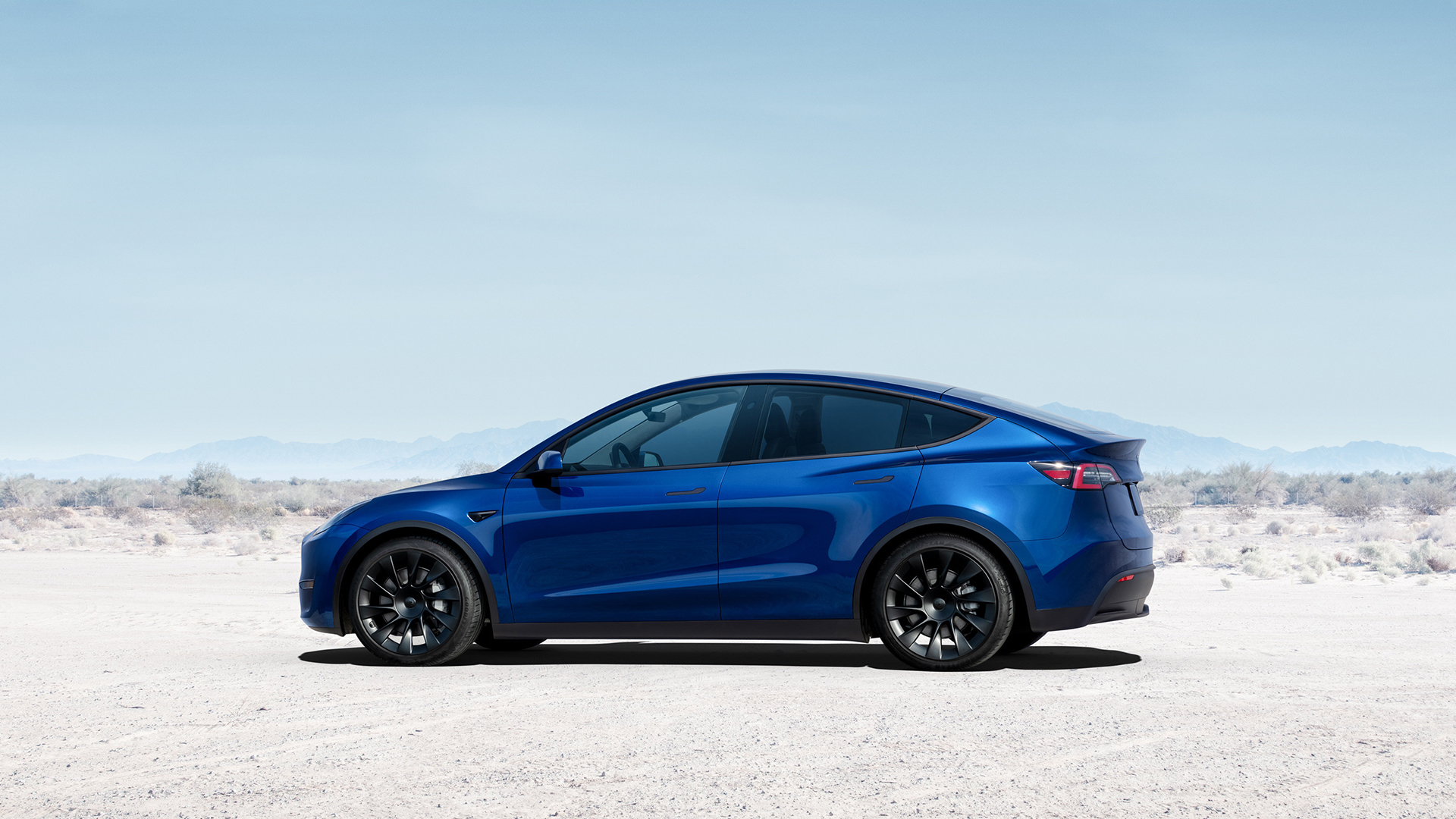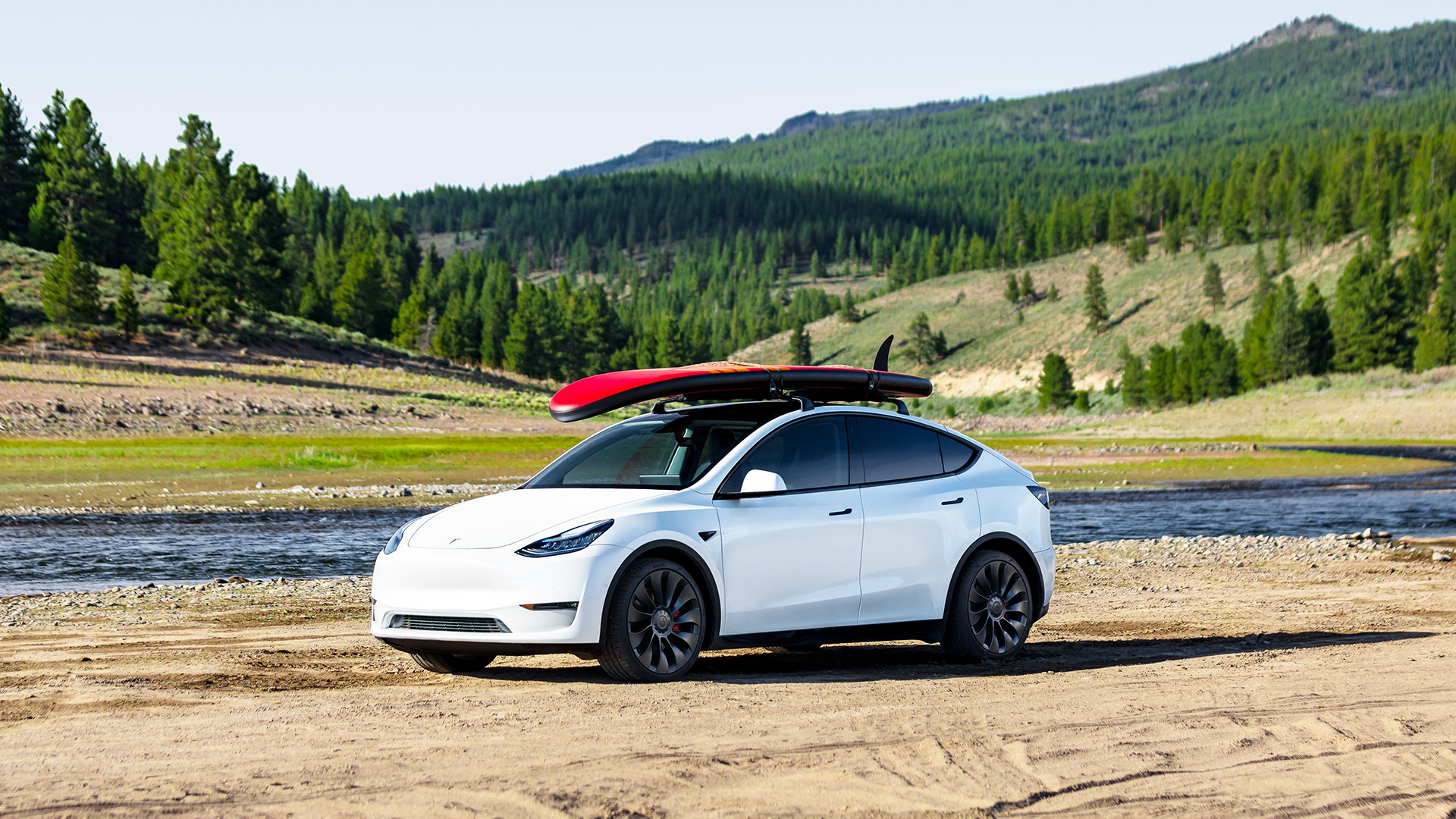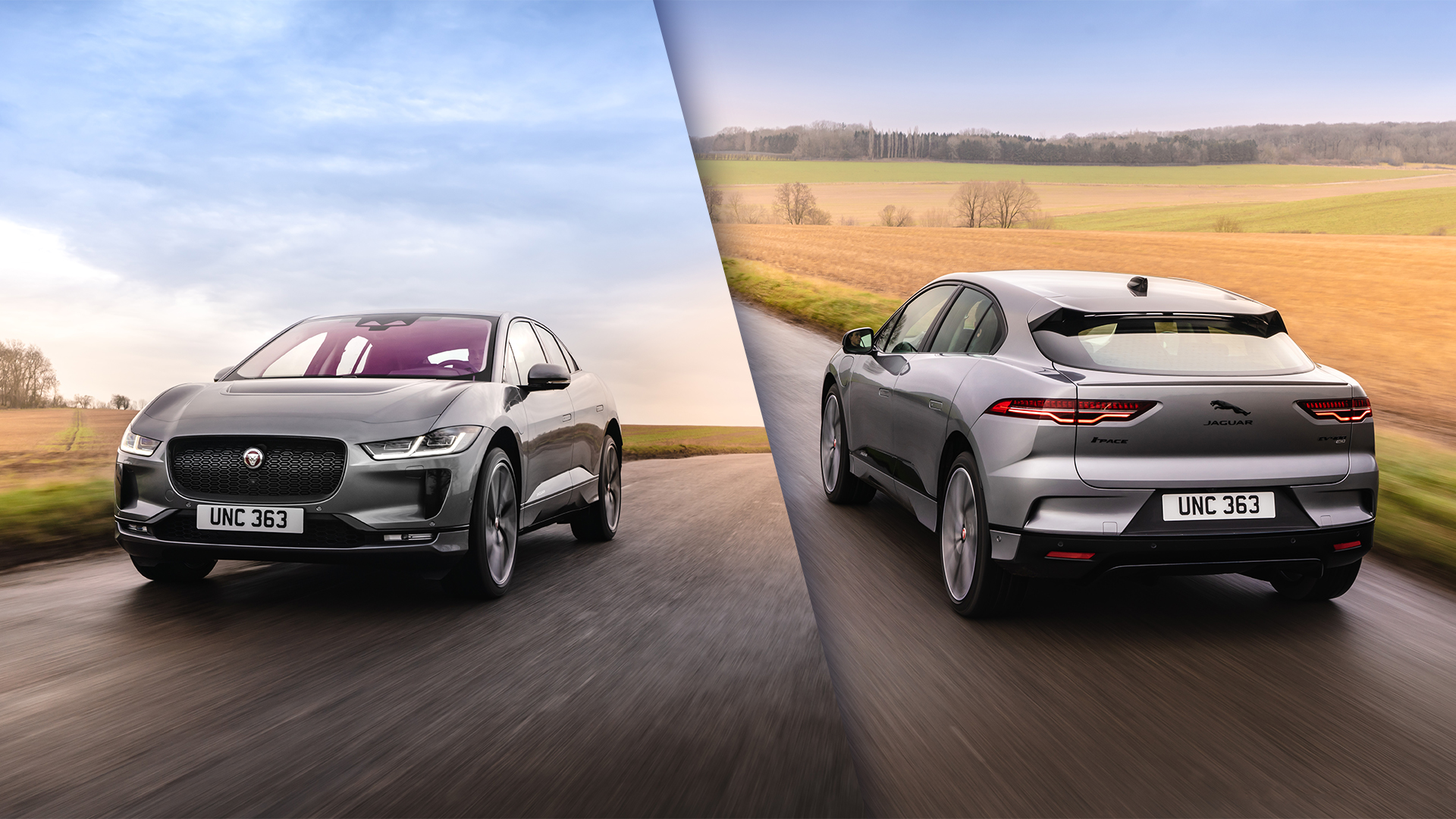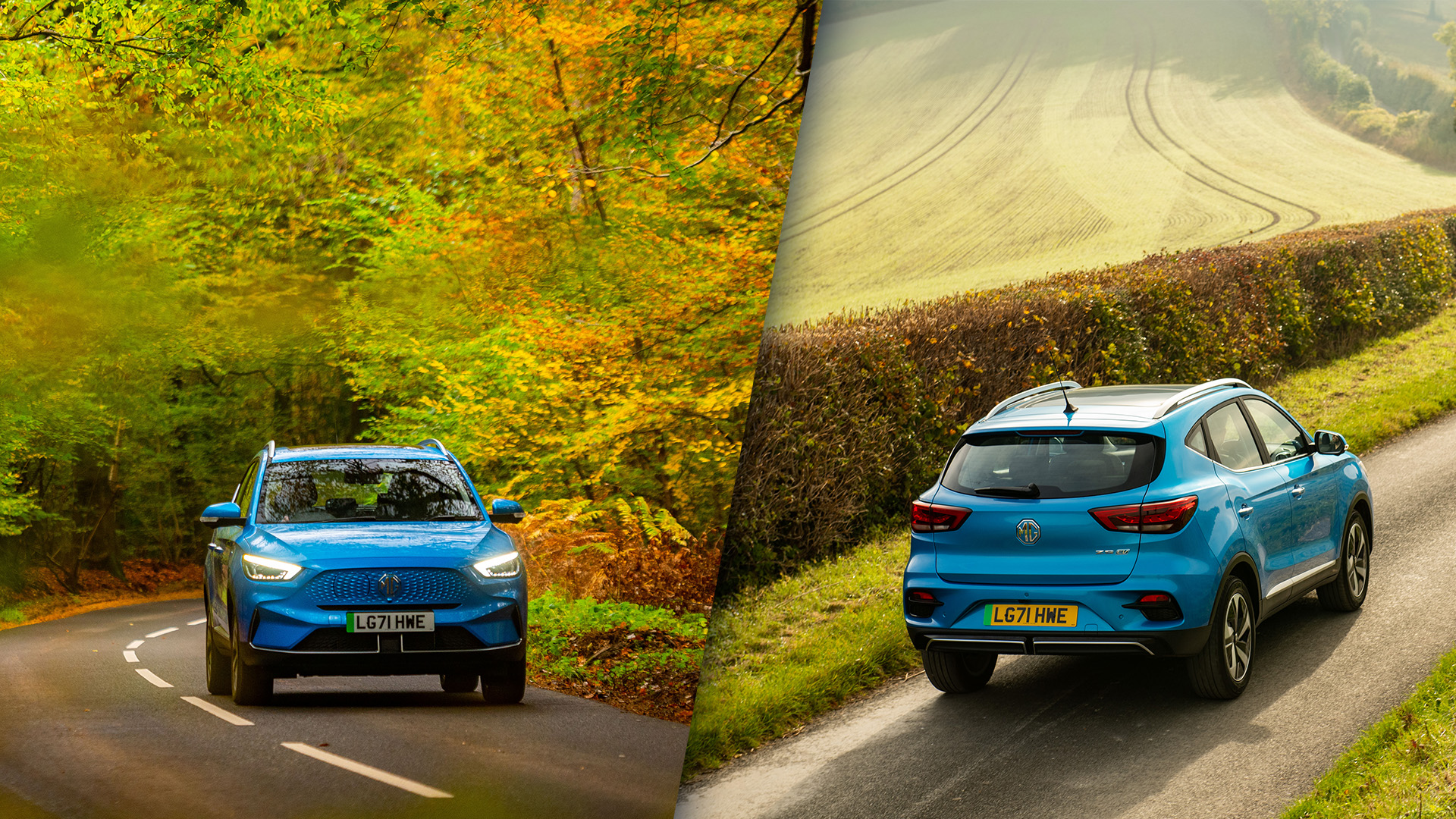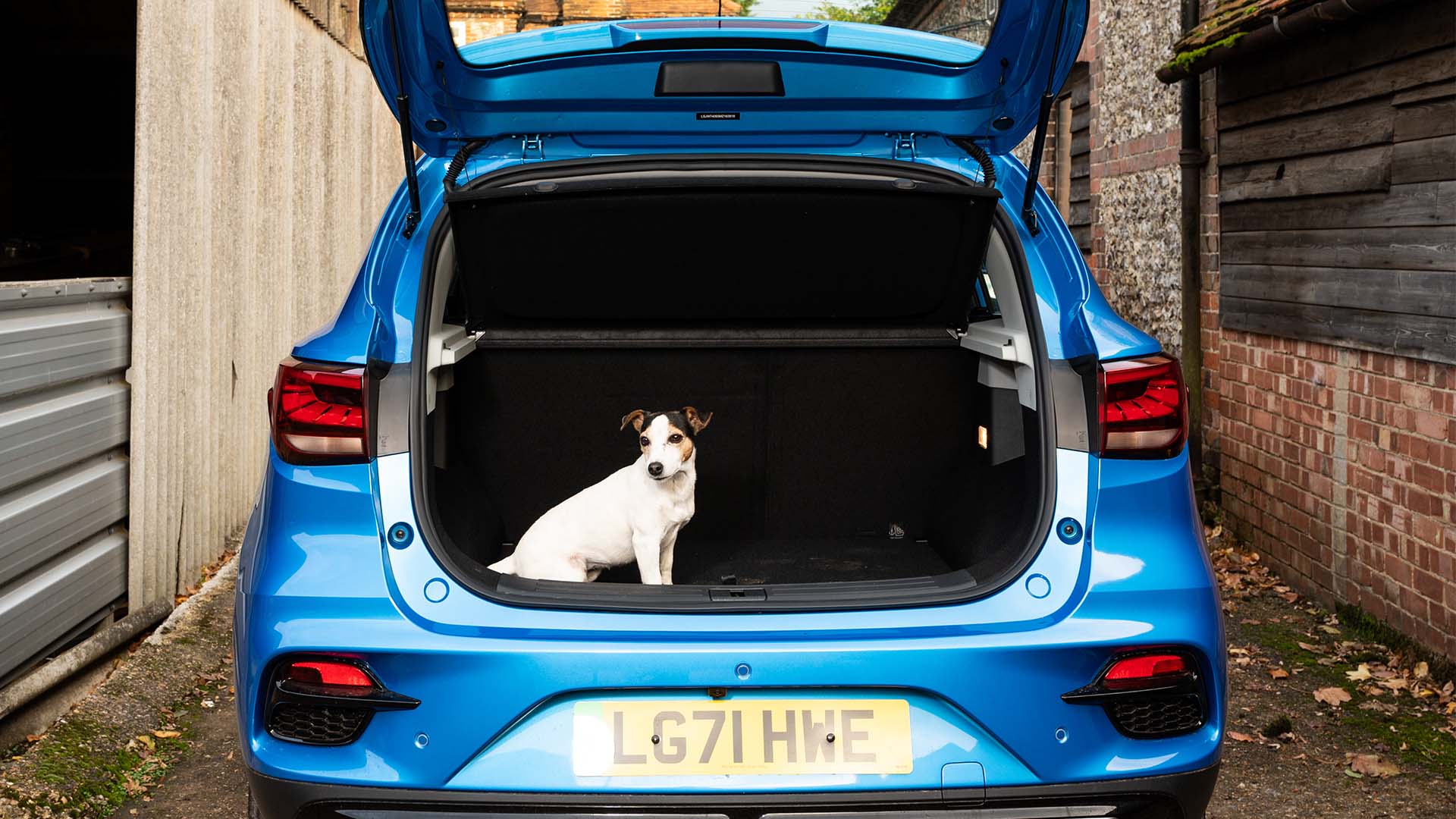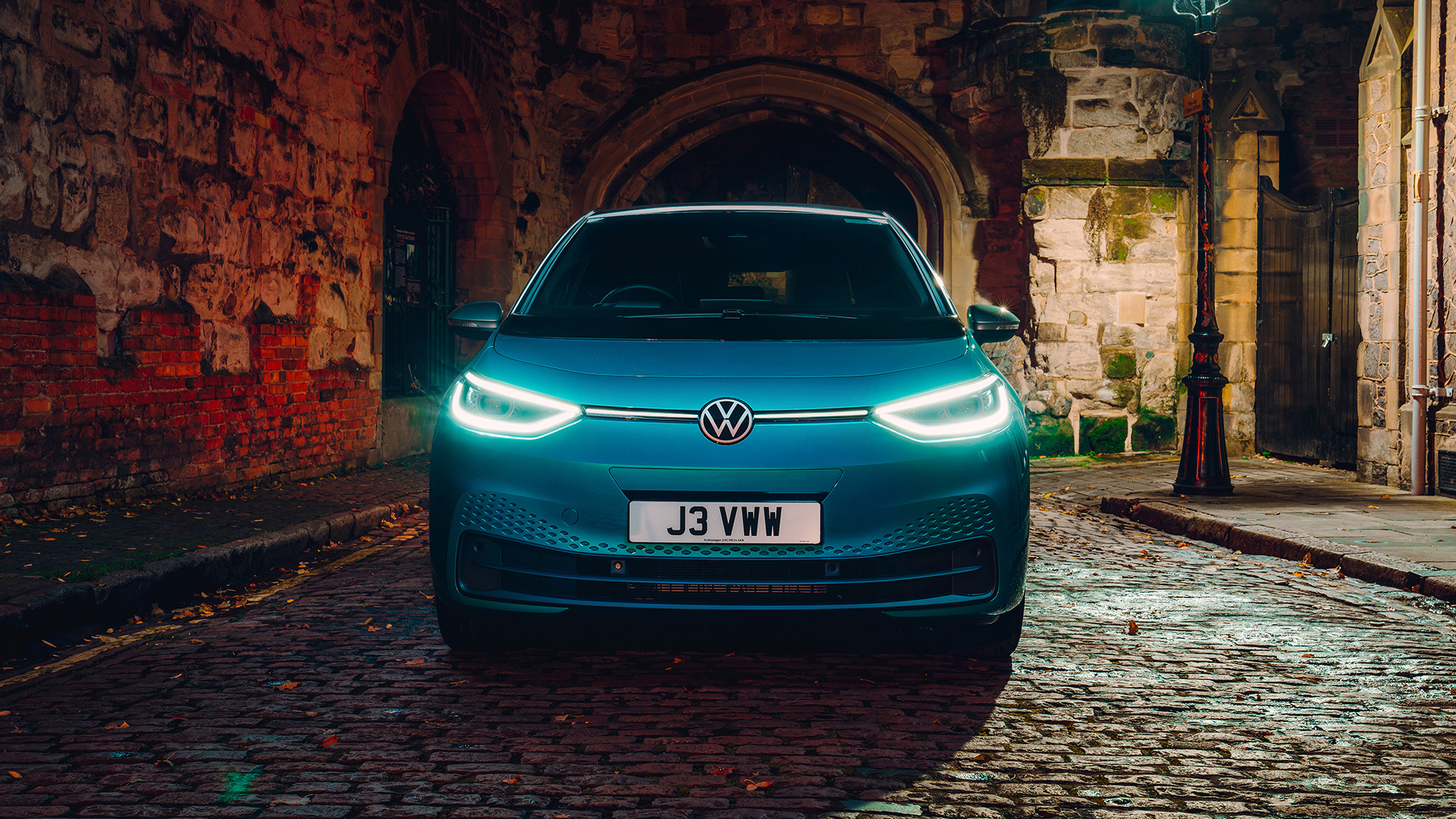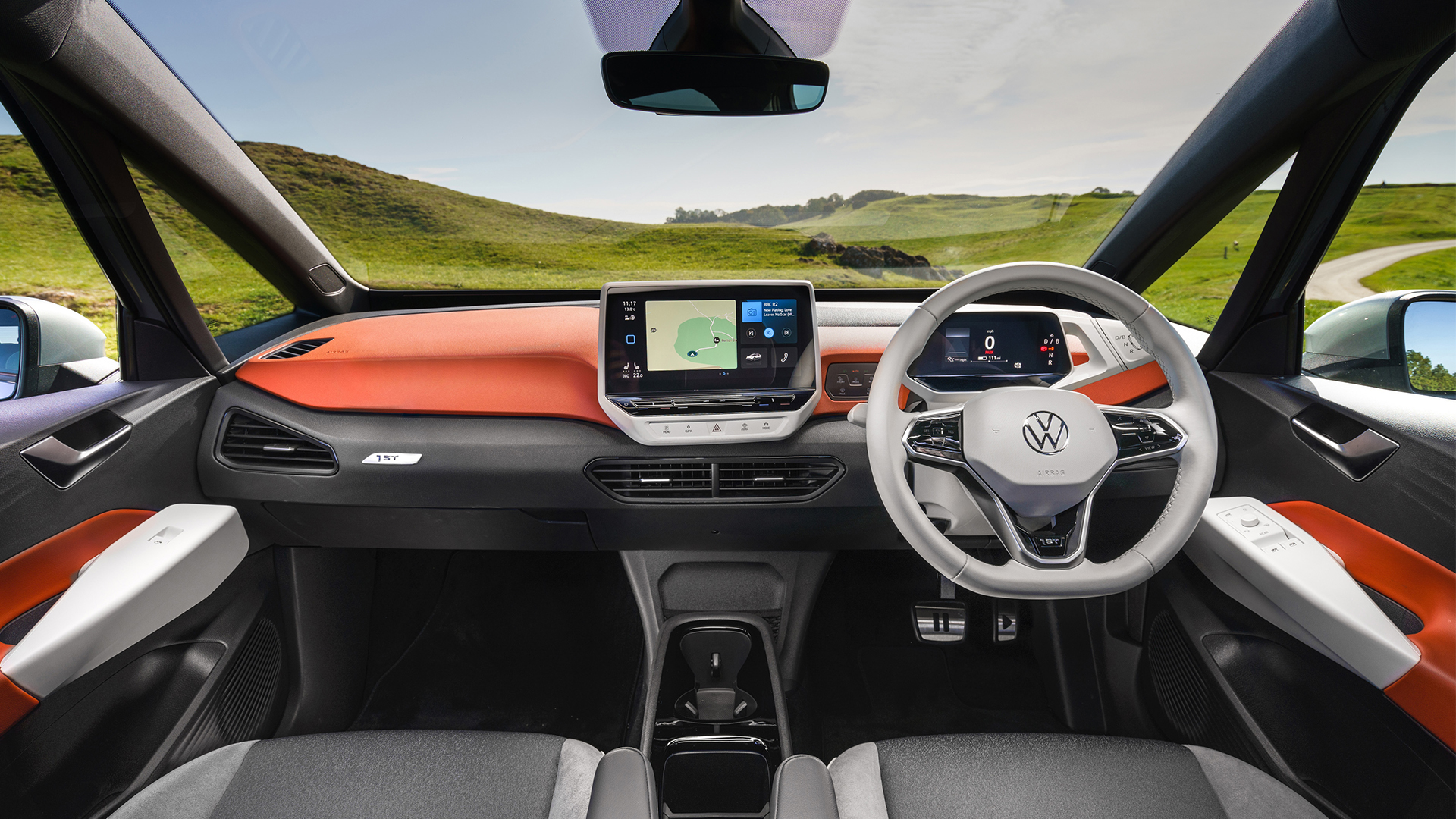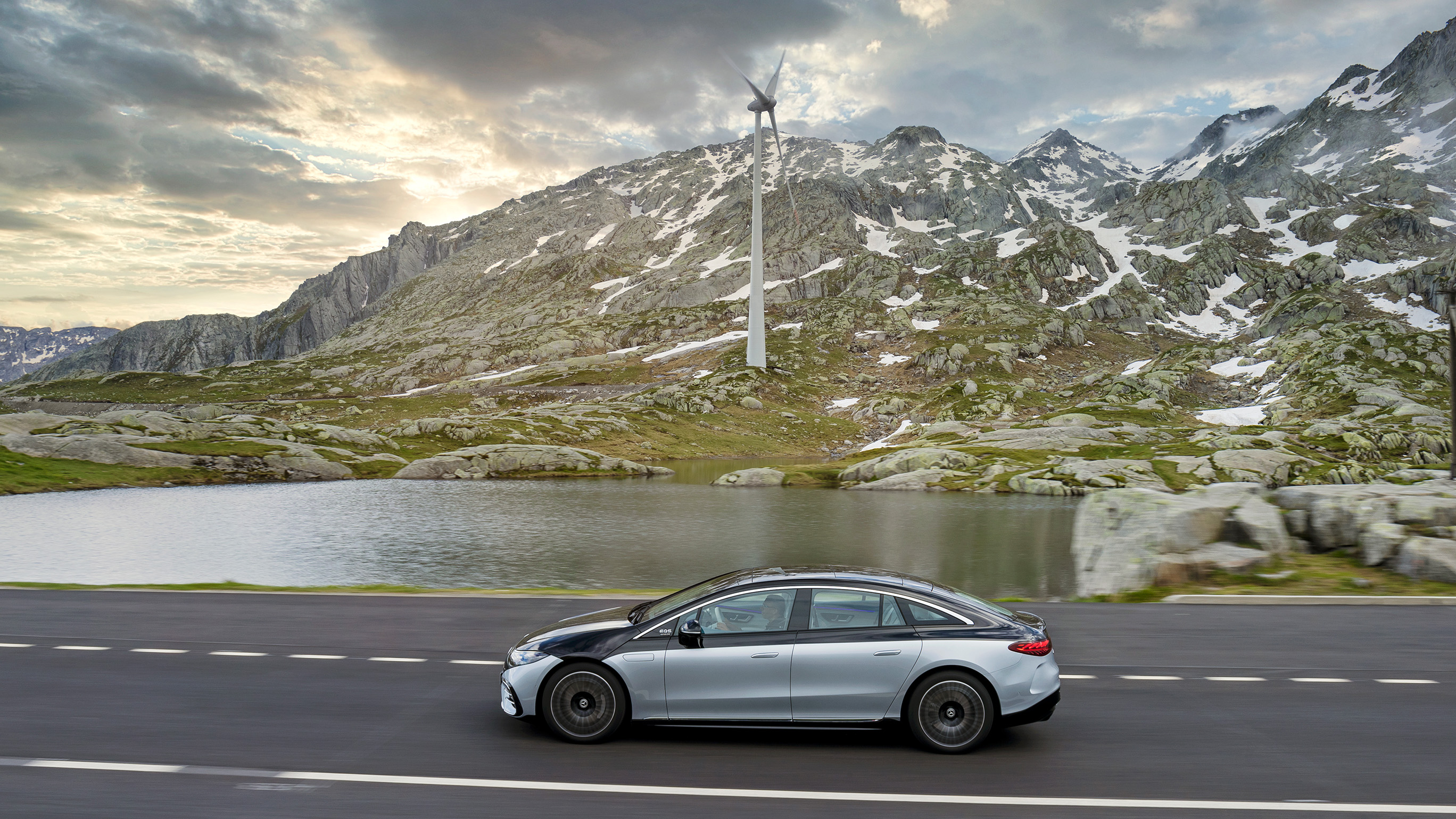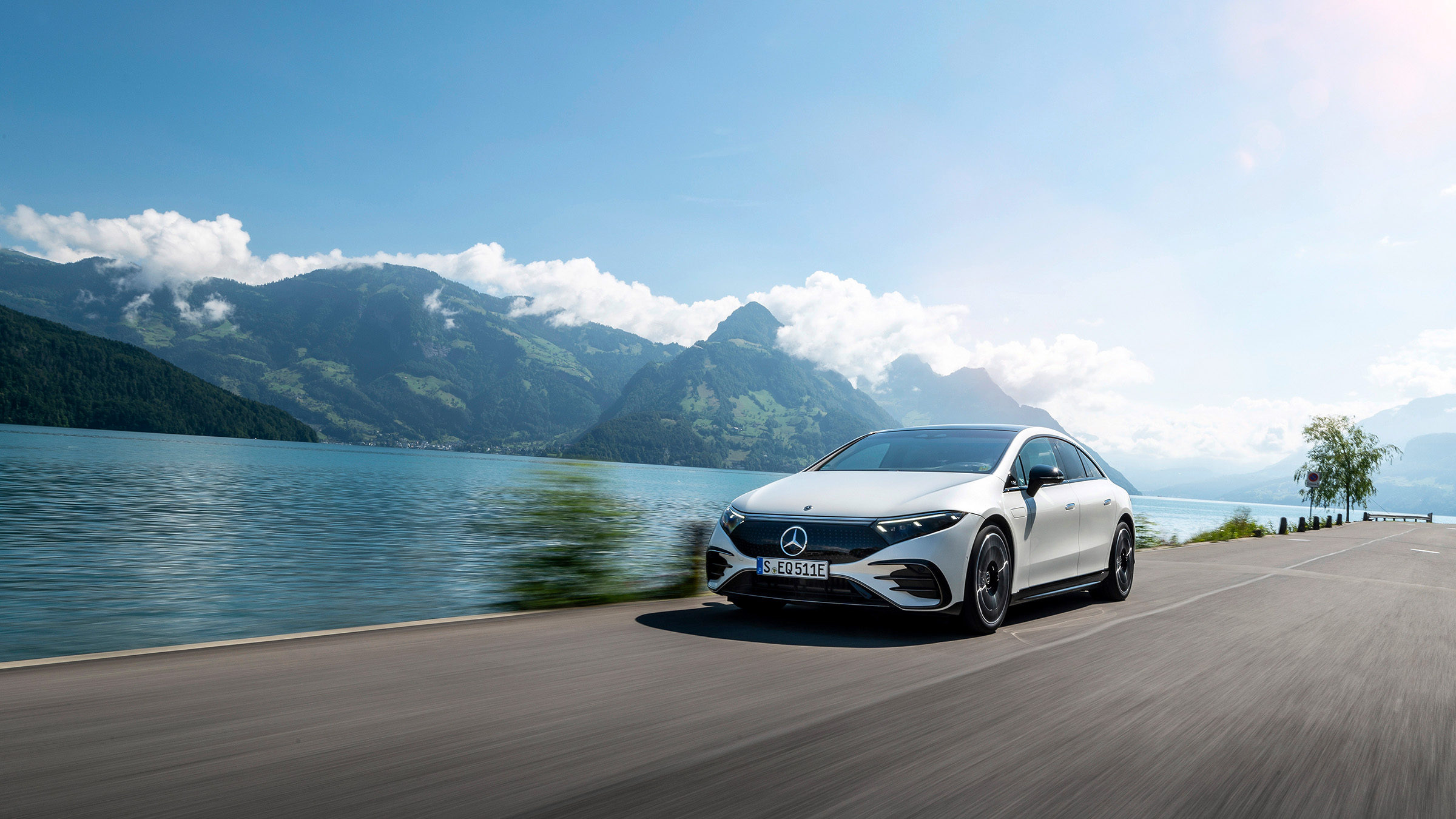The number of electric cars on UK roads is increasing all the time. You’ve probably noticed this fact, since the tell-tale green flash on number plates is an easy giveaway that instantly distinguishes a zero emissions EV (electric vehicle) from a standard petrol or diesel-powered car. As is the lack of a tailpipe, of course – though admittedly, that’s a little trickier to spot at a glance.
There are good reasons for the growth in popularity of EVs. First, the government is actively encouraging drivers to make the switch, as a key factor in achieving nationwide environmental and air quality targets. They’ll even give you a grant of up to £1,500 to help make the transition to an electric car a little more affordable, provided the list price is below £32k. Though that might seem a lot, it doesn’t get you all much in EV terms, since they are comparatively more expensive than conventionally powered alternatives at present. There’s no denying that EVs are a costly outlay.
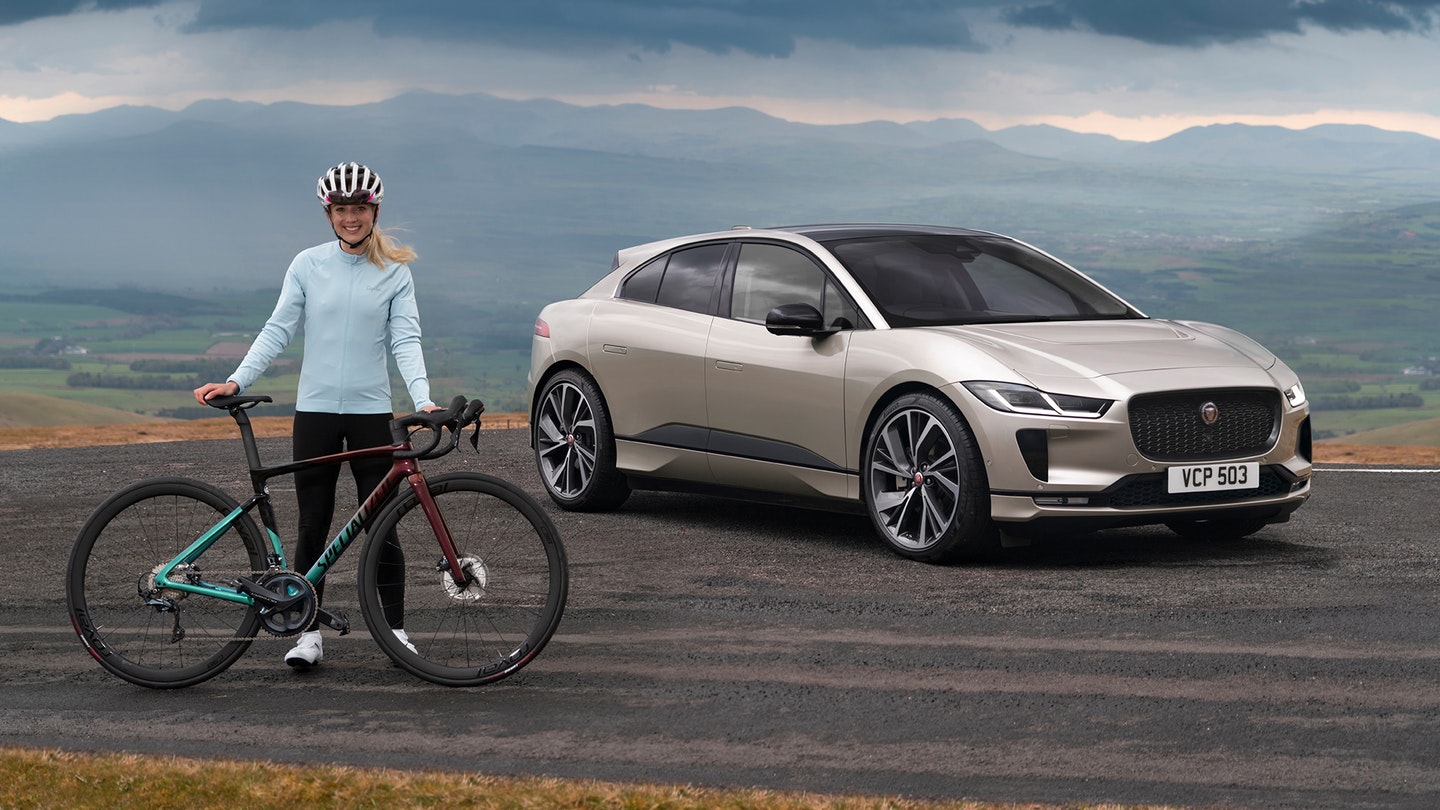
On the other hand, consider the fact that driving a petrol or a diesel car is only going to get more expensive. Fuel prices continue to increase – particularly given the volatility of global crude oil prices – while more and more urban areas are introducing low emissions zones that will charge drivers to use standard cars inside these designated zones.
The high initial purchase price of electric cars is further offset by the lower running costs – and not just in terms of making city driving cheaper or seeing your fuel bills vanish. Mechanically, there is also considerably less wear and tear on the car itself, meaning you’ll probably see a reduction in servicing and maintenance costs. EVs are also exempt from road tax. In fact, recent studies have shown overall running costs to be as much as 60% less for electric cars compared to an equivalent petrol vehicle.
Ultimately, you won’t have a choice anyway, at least if you want to buy a new car, since the government plans to ban the sale of new petrol and diesel-engined private vehicles by 2030. Whether you agree or disagree with this decision, it’s impossible to dispute the fact that EVs are cleaner than combustion engines in emissions terms, which has undoubted benefits in terms of reducing greenhouse gas emissions and enhancing air quality.
How eco-friendly they are overall is a little more complex, since the overall environmental credentials of an EV depend on numerous factors – its lifespan, production costs and of course, the source of the electricity used to charge it. But it is likely that EVs will only get greener as the government moves from nuclear power and fossil fuels towards renewables like solar, wind and hydro power.
What To Consider When Looking To Buy An EV
The number of high-quality electric cars on the market is increasing all the time, with most manufacturers committing to introducing a full range of EVs, including everything from city runabouts to full-size SUVs. As battery and motor technology has improved alongside the introduction of new purpose-built electric platforms for new models, there are also fewer compromises to make than ever in terms of range, performance, ride quality and cabin or boot space.
The added weight of the batteries in an electric car means they tend to be heavier than petrol and diesel vehicles, which means they can feel less nimble on twisty roads. On the other hand, they are much quieter, allowing you to enjoy more of the sights and sounds of nature as you drive through the countryside. And it doesn’t have to be a sedate experience either – the instant torque of an electric motor means some EVs have impressive 0-60mph figures, leaving many performance cars standing.
“Electric cars are becoming a practical proposition for a greater number of people.”
These qualities make them vastly more attractive for adventure lovers, who are generally looking for capable and comfortable cruisers with plenty of boot space to carry camping and hiking kit – and possibly racks for mountain bikes or kayaks too. Real world range is also important, since getting to far-flung parts of the UK, whether the Cornish coast, Snowdonia, the English Lakes or the Scottish Highlands, means having a car that won’t run out of juice halfway there.
Ideally, of course, you’ll also need somewhere to plug it in at your destination or at least somewhere convenient en route so you can ensure you’ll get home again. EV-charging infrastructure in the UK is gradually improving. This, more than any other obstacle, is now starting to make electric cars a more practical proposition for a greater number of people, regardless of where they live. Though this is arguably the area that continues to lag behind compared to other technological developments in EVs, the network of fast and rapid chargers at homes and workplaces is slowly getting larger and more widespread.
All these factors make it easier than ever to make the swap to electric. But with so many different models on the market, how do you choose the right vehicle for you? Well, we’ve done the legwork for you, highlighting the best adventure-ready EVs out there, whatever your budget.
Best Electric Cars For Adventure Lovers 2025
This selection includes small, city car-sized EVs that will work for weekend getaways, as well as practical and high-riding SUVs to take the family off on outdoor adventures. And of course, we’ve also included a couple of high-performance prestige models as well as those with capable 4×4 and off-road performance, enabling you to really get off the beaten track.
- Hyundai Ioniq 5
- Kia EV6
- Vauxhall Corsa-e
- Skoda Enyaq
- Tesla Model Y
- Jaguar I-Pace
- MG ZS EV
- Volkswagen ID.3
- Mercedes EQS
- Rivian R1T/R1S

